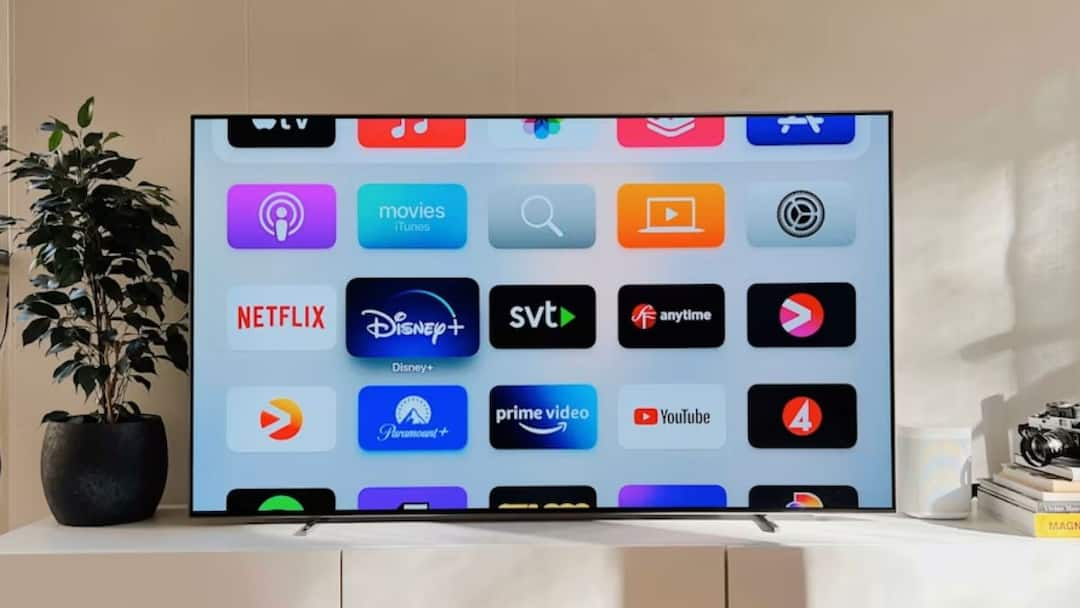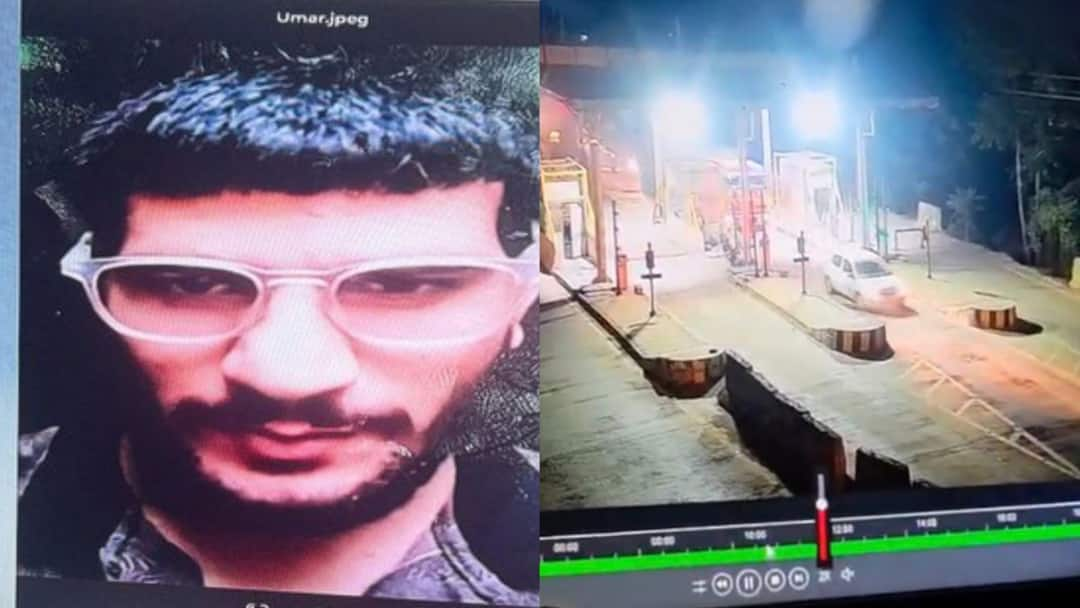Most people in developed countries create about 10 tons of CO₂ every year, and a growing part of this comes from using digital technology. A new study by TRG Datacenters looked at how much electricity and CO₂ are produced by common online activities and AI tools.
The research checked how much energy each activity uses in kilowatt-hours and then converted it into CO₂. It included things we do daily, like streaming, emailing, video calls, and searching online, along with AI tasks such as chatbot questions, image creation, and text-to-video tools.
CO₂ Emission By Streaming, Emails, and Calls
The data shows that YouTube streaming and Netflix streaming have the highest carbon impact. Watching one hour of HD video creates 42 grams of CO₂ because streaming needs constant data transfer for the full hour.
This uses 0.12 kWh, which is more than anything else in the list. Watching two hours every day can add up to over 30 kilograms of CO₂ a year.
Next is text-to-video generation, which creates 17.5 grams of CO₂ for a short 6–10-second clip. These tools require strong computers to turn text into video, using 0.05 kWh for just a few seconds of output.
A Zoom call for one hour makes about 17 grams of CO₂, because video calls must send and receive video nonstop. Over a year, a daily one-hour call can create around 6 kilograms of CO₂.
Sending a short email without attachments creates 4.7 grams of CO₂, using 0.0133 kWh. One email seems small, but sending 50 a day can lead to 85 kilograms of CO₂ in a year.
How Much CO₂ Does AI Queries Create?
AI image generation uses 0.003 kWh, producing 1 gram of CO₂ per image.
AI voice assistant queries create 0.175 grams of CO₂ each because they handle simpler tasks.
Google searches and AI chatbot prompts both create 0.105 grams of CO₂ per use, using 0.0003 kWh. You would need around 1,000 searches to match one hour of streaming.
Gemini text prompts have the smallest footprint at 0.084 grams for two prompts, using 0.00024 kWh.


